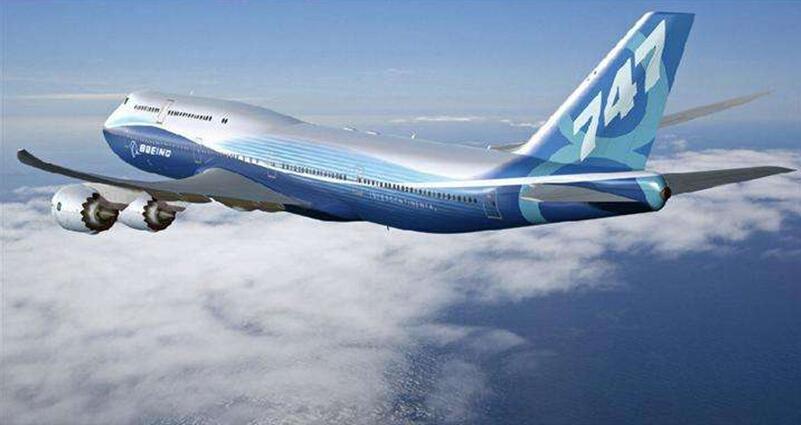Aviation grade aluminium is a kind of ultra-high strength deformed aluminum alloy, which is widely used in aviation industry. Compared with ordinary aluminum alloy, aluminum alloy for aircraft has higher requirements on strength, hardness, toughness, fatigue resistance and plasticity. Aviation aluminum alloy has good mechanical and processing properties, good plasticity after solution treatment, good heat treatment strengthening effect, generally below 150 ℃, and has high strength and toughness, so it is an ideal aviation structural material.
The main characteristics of
aviation grade aluminium are large-scale and integrated, thin-walled and lightweight, precision of section size and geometrical tolerance, homogenization and quality of structure and properties. According to the different service conditions and parts of the aircraft, the main aluminum alloys used in aerospace are high-strength aluminum alloy, heat-resistant aluminum alloy and corrosion-resistant aluminum alloy. High strength aluminum alloy is mainly used in aircraft fuselage parts, engine room, seats, control system, etc., which is the most widely used.

What are the most widely used typical
aviation grade aluminium in the aerospace industry.
2024-T3
This is the most common high strength aluminum alloy. It is of high quality aircraft quality.
2024-T3 aluminum plate is considered as
aviation grade aluminium due to its strength, and also has excellent fatigue resistance. Welding is generally not recommended. The 2024-T3 alclad aluminum plate is typically used for fuselage and wing shell, roof, aircraft structure, and repair and repair due to its glossy finish (2024-T3 alclad). Its ultimate strength is 62000 psi and its shear strength is 40000 psi.
3003-H14
The most widely used aluminum alloy, pure aluminum and manganese, is about 20% stronger than 100 series. 3003-h14 aluminum plate has good processing performance, which can be used for deep drawing, spinning, welding or brazing. 3003 aluminum plate is not heat treatable. This kind of aluminum plate is widely used in the electroplating of fairings and baffles. The ultimate strength is 21000 psi and the shear strength is 14000 psi.

5052
This series of non heating alloys has the highest strength. It is not structural. 5052 aluminum plate has higher fatigue strength than most alloys. 5052 aluminum plate has excellent corrosion resistance, especially in marine applications, with excellent processability. 5052 aluminum plates are usually used to build fuel tanks.
6061-T6
This alloy has very good corrosion resistance and finishing ability, and there is no problem in welding. The strength level of 6061-T6 aluminum plate is about low carbon steel. 6061-T6 aluminum plate can be manufactured by most common technologies. Typical applications are aircraft landing pads, truck body and frame, structural parts, etc. The ultimate strength is 45000 psi and the shear strength is 30000 psi.
7075
Aircraft manufacturers use high-strength alloys (mainly alloy 7075) to strengthen aluminum aircraft structures. Aluminum alloy 7075 has copper (1.6%), magnesium (2.5%) and zinc (5.6%) for ultimate strength, but copper content makes it very difficult to weld. On the other hand, it is very beautiful for anodizing. 7075 has the best machining performance and can achieve very good results. The ultimate strength is 33000 psi (- 0) and 82000 psi (- T6), and the shear strength is 22000 psi (- 0) and 49000 psi (- T6).






